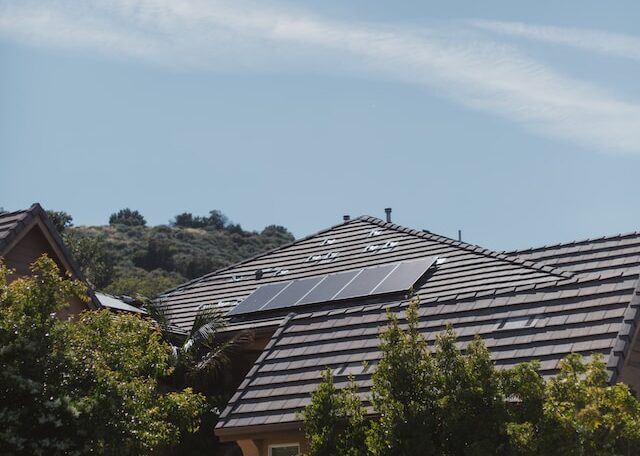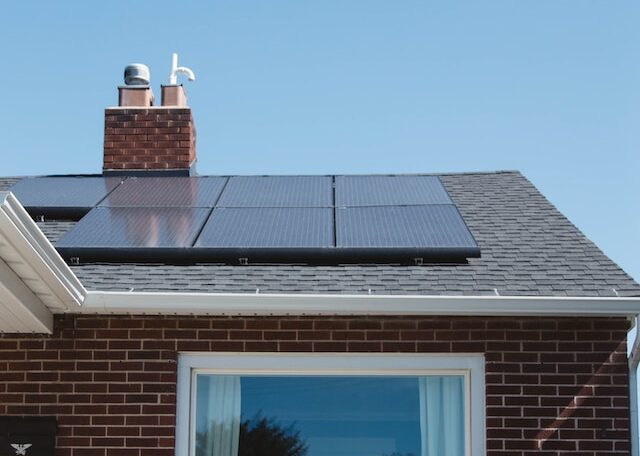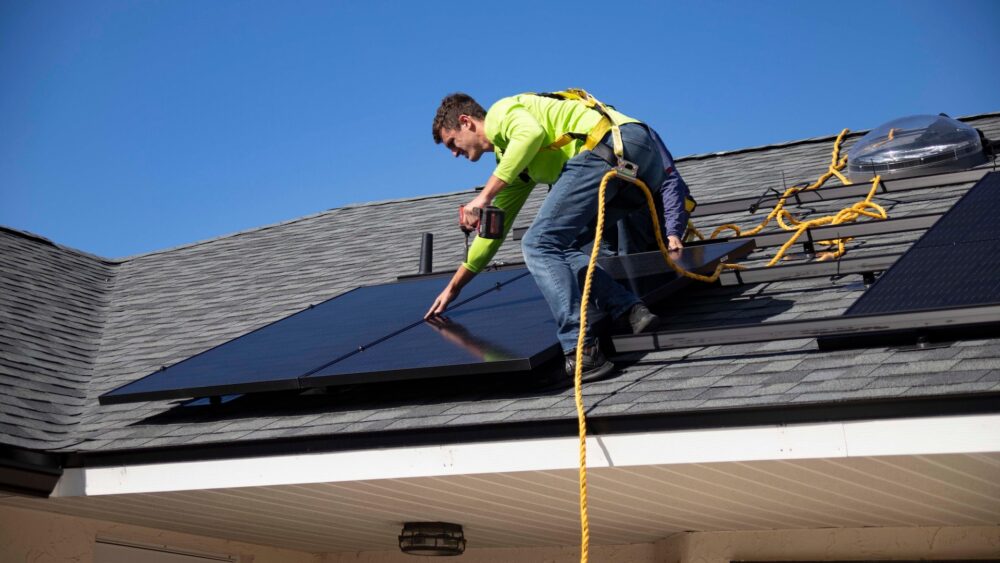A solar roof system consists of several components, including solar panels that convert sunlight into electricity and an inverter that turns direct (DC) energy into alternating (AC) energy. Other system parts include mounting racks and disconnect switches.
A home’s solar panels should be oriented and tilted to maximize daily and seasonal sunlight exposure. It is also important to note that solar systems must pass inspection before they can be activated.
Determine Your Energy Needs
Before looking at solar panels, you should assess your energy needs. This can be done by reviewing your electricity bills to determine how much power you use each month.
It’s also a good idea to consider how to make your home more energy efficient by switching to LED lighting and appliances. This will help you reduce electricity usage and lower energy bills.
Next, you must decide whether you want solar panels or a solar roof. Solar panels are more common and use photovoltaic cells to convert sunlight into electricity. Sunstyle solar shingles are a more integrated option that blends with your roof’s existing design.
Determine Your Budget
If you’re considering a solar roof, it helps to know how much your new system will cost. Enter your address online to get an estimate of the recommended solar energy system size for your home based on your energy usage, monthly electricity cost, and local average peak sunlight hours.
You’ll also want to consider how much your solar system will cost to purchase and install. On average, solar shoppers “break even” on their investment in about eight to nine years.

Determine Your Roof’s Shape
Millions of homeowners replace their roofs yearly in America, and many are interested in adding solar simultaneously. If you want to know if your existing roof can support the additional weight of solar panels, it’s essential to have an inspector assess its strength.
Bring a tape measure, pencil, and paper pad to climb onto your roof safely. Sketch out the geometric shapes of your roof’s different sections and measure each individually. Once you have all the measurements, add them to find your roof’s surface area. Remember to include extra material for starter shingles, ridge caps, and waste.
Determine Your Roof’s Material
Like millions of other homeowners across America, you may plan to replace your roof shortly. If so, why consider adding solar at the same time?
Integrating solar with your new roof can save you money in the long run by eliminating two separate installation costs. Plus, roofers can install both simultaneously in less time than it takes to install a typical roof alone.
To determine your roof’s material, determine how many bundles and squares of shingles you need. A square of shingles covers 100 square feet, so you must measure the length and width of your roof’s planes (including dormers). Also, include the drip edge, hip and ridge shingles, and roofing nails.

Determine Your Roof’s Age
Solar panels can damage an aging roof, so it is essential to know how old your roof is before you choose a solar energy system. Additionally, installing solar panels over an existing roof could accelerate any problems with your roofing system, requiring you to hire solar and roofing contractors for any repairs.
Typically, shingle roofs last about 25 years, so it’s a good idea to consider a solar installation if your roof is under ten. However, it’s also wise to consult a professional inspector or structural engineer about your roof before proceeding. They can tell you if it is strong enough for solar panels and provide you with options if it’s not.
Determine Your Home’s Energy Use
Solar panels should be located on a south-facing roof plane with a slope between 15 and 45 degrees. This allows each panel to receive maximum sunlight and generate the most energy possible.
Various factors can affect a home’s average electricity consumption, measured in kilowatt-hours (kWh). The number of people living in the house, appliances used daily, and building materials are some of the biggest influences on a household’s power usage.
Many electric utilities allow homeowners to keep track of their home’s energy production and consumption with smart meters. These digital devices send wireless signals and power line readings to show how much electricity a home uses.

